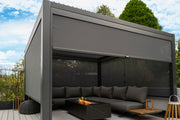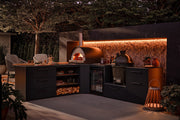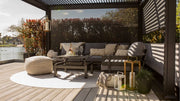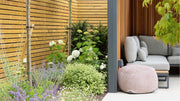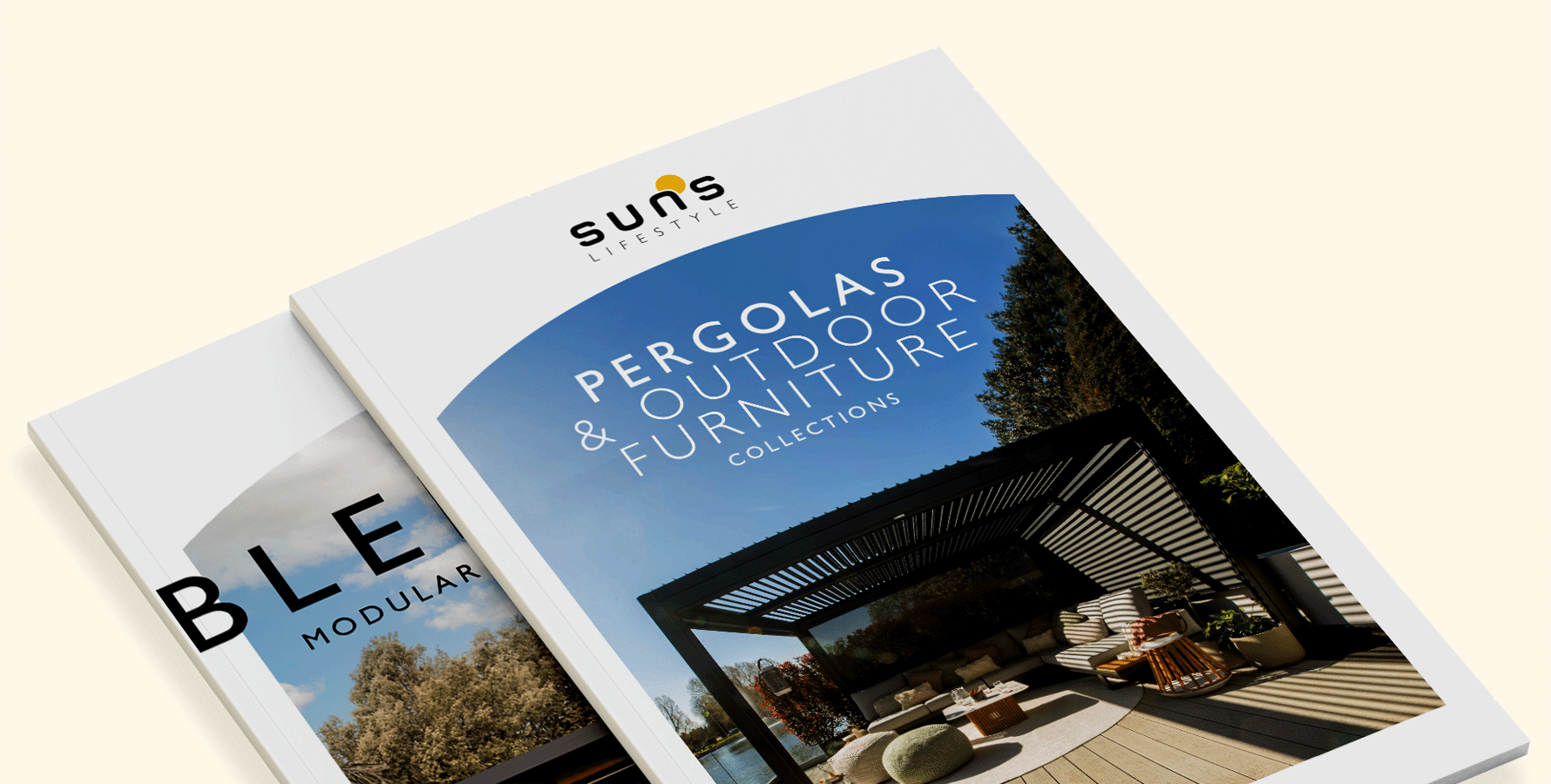
Suns Lifestyle's Insider Tips for Garden Styling
The art of garden styling means more than just planting flowers and trimming back hedges. Your garden is an extension of your home and your personality, so it offers endless opportunities to create a space that reflects your aesthetic vision while providing beauty year-round.
The key lies in creating spaces that are both beautiful to look at and enjoyable to experience, whether you’re entertaining, dining al fresco or simply enjoying the relaxing surroundings. With that in mind, here are our tips for styling your garden the Suns Lifestyle way.
Create Structure with Hardscaping
Quality hardscaping forms the backbone of your garden design. It provides structure that keeps your garden looking great even when plants are dormant or not yet mature. Pathways create access throughout the rest of your garden and help to create visual flow and rhythm.
Materials can also be used to create a certain look – natural flagstone creates a relaxed, organic feeling, while brick patterns are traditional, and poured concrete offers sleek, contemporary appeal. This permanent feature is also ideal for installing pergolas or as a solid surface for dining tables and fire pits.
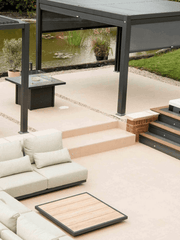
Choose a Cohesive Design Theme
A unifying design theme creates visual harmony and helps guide plant selections, material choices, and decorative elements throughout your garden. Modern minimalist gardens emphasise clean lines, geometric shapes, and a restrained colour palette, while cottage garden styles embrace abundance and a rustic quality, with curved pathways, mixed borders overflowing with perennials, and vintage accessories that create a sense of established charm.
Want something more relaxing? Japanese-inspired gardens focus on balance, tranquillity, and the careful placement of every element, often featuring water elements, carefully pruned specimen plants, and natural materials arranged to create contemplative spaces. Your chosen theme should complement your home's architectural style and the natural conditions of your site.
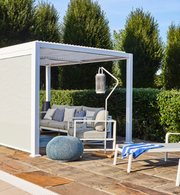
Develop a Thoughtful Colour Palette
A cohesive colour scheme unifies each garden element and creates a sophisticated, intentional appearance that elevates your space. Start by noticing the existing colours in your landscape, including the outside of your home, any permanent hardscaping like decking or patios, and any mature trees or shrubs you plan to keep.
It can be useful to choose a base palette that complements these fixed elements, then build layers of seasonal hues through flowering plants, colourful foliage, and decorative accessories like outdoor textiles. Monochromatic schemes using various shades of a single shade create elegant, calming effects for an outdoor oasis, while complementary colours (opposites on the colour wheel) provide vibrant contrast and energy for a bolder result.
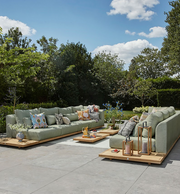
Choose Mature Plants
One of the most common mistakes in garden design is failing to account for plants' ultimate dimensions when they’re fully mature. This leads to overcrowded conditions that require constant pruning or expensive removals. Research each plant's expected height and spread at maturity, so you can plan your spacing accordingly. Even though your newly planted garden will initially appear sparse, this approach prevents the cramped appearance that results from oversized plants in too-small spaces.

Create Focal Points and Surprise Elements
Eye-catching features guide visitors through your garden while creating moments that encourage exploration and discovery. Unique trees with unusual bark or an attention-grabbing form, or spectacular seasonal displays are perfect as natural focal points that anchor entire garden areas. Water features are another option, whether it’s in the form of an elaborate fountain or a simple bird bath.
Design surprise elements such as hidden seating areas tucked behind tall plantings, glimpses of plants through carefully framed openings like a louvred
pergola screen, or topiaries positioned along pathways. These elements create a sense of interest and exploration that makes even small gardens feel larger and more complex.
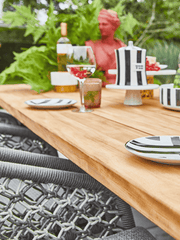
A well-designed garden provides visual appeal throughout the entire year, not just during the summer. Plan for spring excitement with early-blooming bulbs, flowering trees, and emerging perennial foliage that signals winter's end, while dining tables and seating paired with cosy lighting are perfect for summer gatherings with friends.
Autumn interest comes from trees and shrubs with colourful foliage, late-blooming perennials like asters and sedums, and ornamental grasses that catch light and movement, as well as blankets and throws for evenings where the temperature starts to dip. Finally, winter structure relies on evergreen plants and architectural elements that remain beautiful even under snow, as well as firepits and coverings to accommodate the weather.
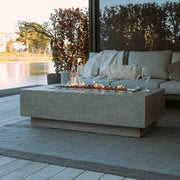
Creating a beautifully styled garden is an ongoing journey of experimentation and refinement that’s rewards patience and bold decision-making. Remember that the most successful gardens evolve gradually. Build on your initial successes while learning from inevitable mistakes and changing conditions and be sure to browse our selection of furniture and pergolas to create your perfect outdoor space.
Explore our range of pergolas and furniture collections, to create your perfect summer set-up.

